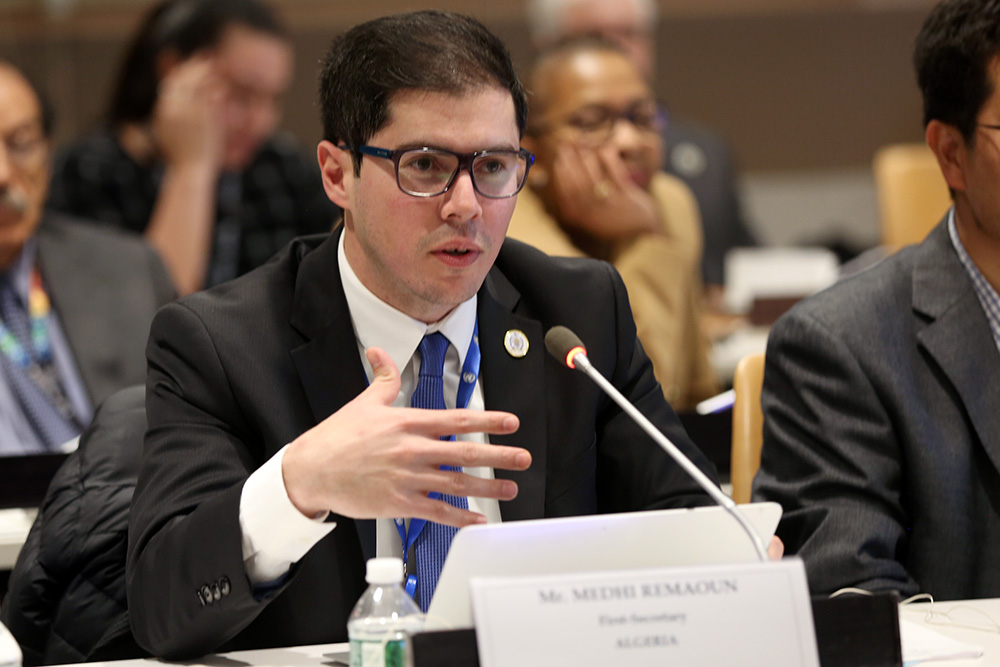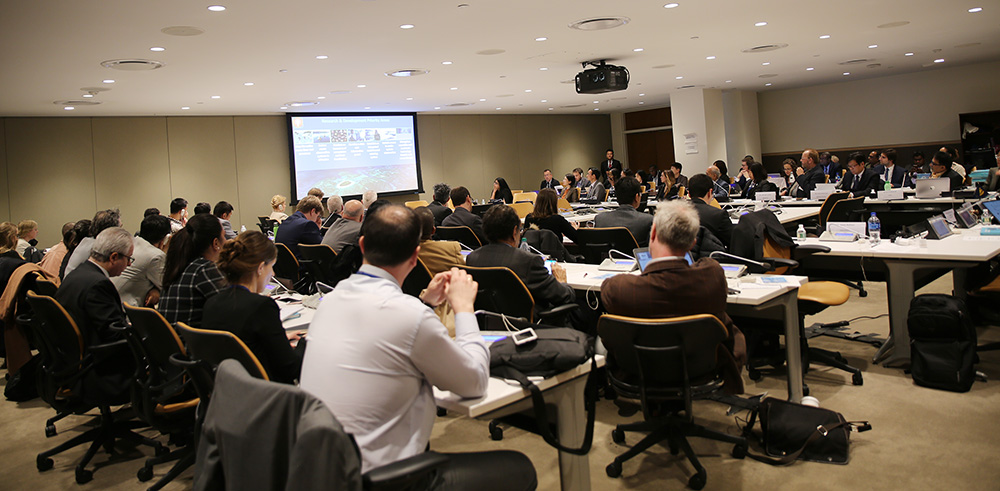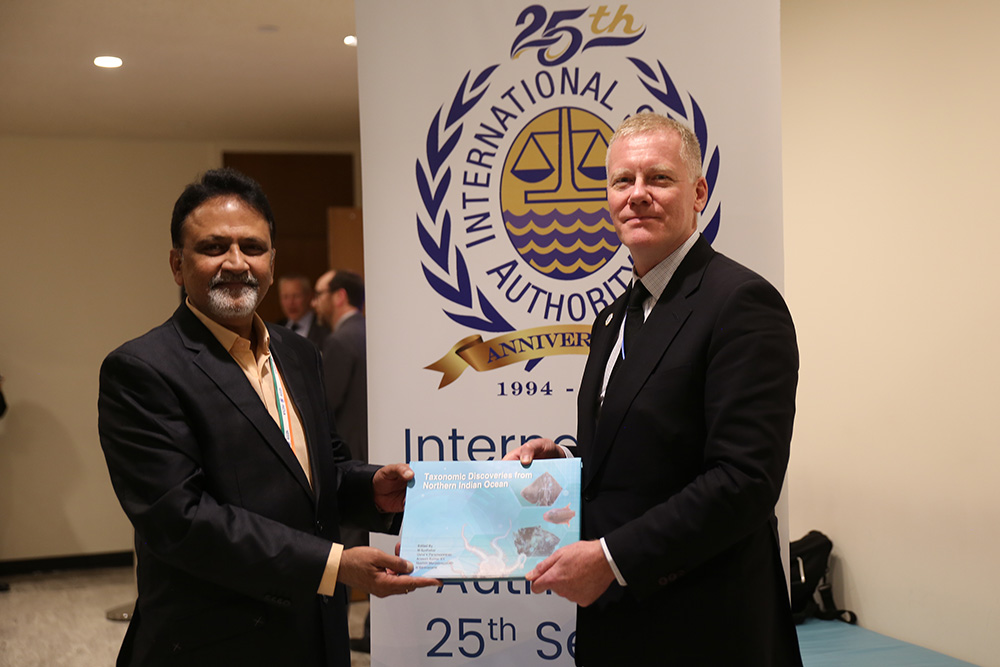Twenty-five Years of ISA’s Contribution to Deep-Sea Marine Scientific Research and the UN Decade of Ocean Science for Sustainable Development (2021-2030)
Presented by the International Seabed Authority (ISA), the Intergovernmental Oceanographic Commission of UNESCO (IOC-UNESCO), and the Korea Institute of Ocean Science and Technology (KIOST)
2 April 2019 | UN Headquarters, New York
Tweets by IISDRS
ISA Resource
IISD ENB/ENB+ Meeting Coverage
- 2nd Session of the Intergovernmental Conference (IGC) on an International Legally Binding Instrument Under the United Nations Convention on the Law of the Sea (UNCLOS) on the Conservation and Sustainable Use of Marine Biological Diversity of Areas Beyond National Jurisdiction (BBNJ), 25 March - 5 April 2019, UN Headquarters, New York
- 1st Part of the 25th Annual Session of the International Seabed Authority (ISA), 25 February - 1 March 2019, Headquarters of the International Seabed Authority, Kingston, Jamaica
- BBNJ IGC 1, 4-17 September 2018, UN Headquarters, New York
- 2nd Part of the 24th Session of the International Seabed Authority, 16-26 July 2018, Headquarters of the International Seabed Authority, Kingston, Jamaica
- 19th Meeting of the UN Open-ended Informal Consultative Process on Oceans and the Law of the Sea, 18-22 June 2018, UN Headquarters, New York
- 1st Part of the 24th Session of the International Seabed Authority, 5-9 March 2018, Headquarters of the International Seabed Authority, Kingston, Jamaica
- 23rd Annual Session of the International Seabed Authority, 8-18 August 2017, Headquarters of the International Seabed Authority, Kingston, Jamaica
- BBNJ PrepCom 4, 10-21 July 2017, UN Headquarters, New York
- ENB Coverage of Oceans Meetings
- ENB Coverage of Fish Stocks Agreement Conferences
IISD Resources
- OCEANS-L - A Mailing List for News and Announcements on Oceans Policy Issues
- SDG - A Mailing List for News on Sustainable Development Policy
- SDG Update Newsletter - A compilation of news, commentary and upcoming events published on the SDG Knowledge Hub
- SDG Knowledge Hub - An Online Resource Center for News and Commentary Regarding the Implementation of the United Nations’ 2030 Agenda for Sustainable Development, including all 17 Sustainable Development Goals (SDGs)

 Specific funding for IISD Reporting Services coverage of the side event on the Twenty-five Years of ISA’s Contribution to Deep-Sea Marine Scientific Research and the UN Decade of Ocean Science for Sustainable Development (2021-2030), has been provided by IOC-UNESCO and KIOST
Specific funding for IISD Reporting Services coverage of the side event on the Twenty-five Years of ISA’s Contribution to Deep-Sea Marine Scientific Research and the UN Decade of Ocean Science for Sustainable Development (2021-2030), has been provided by IOC-UNESCO and KIOST



















